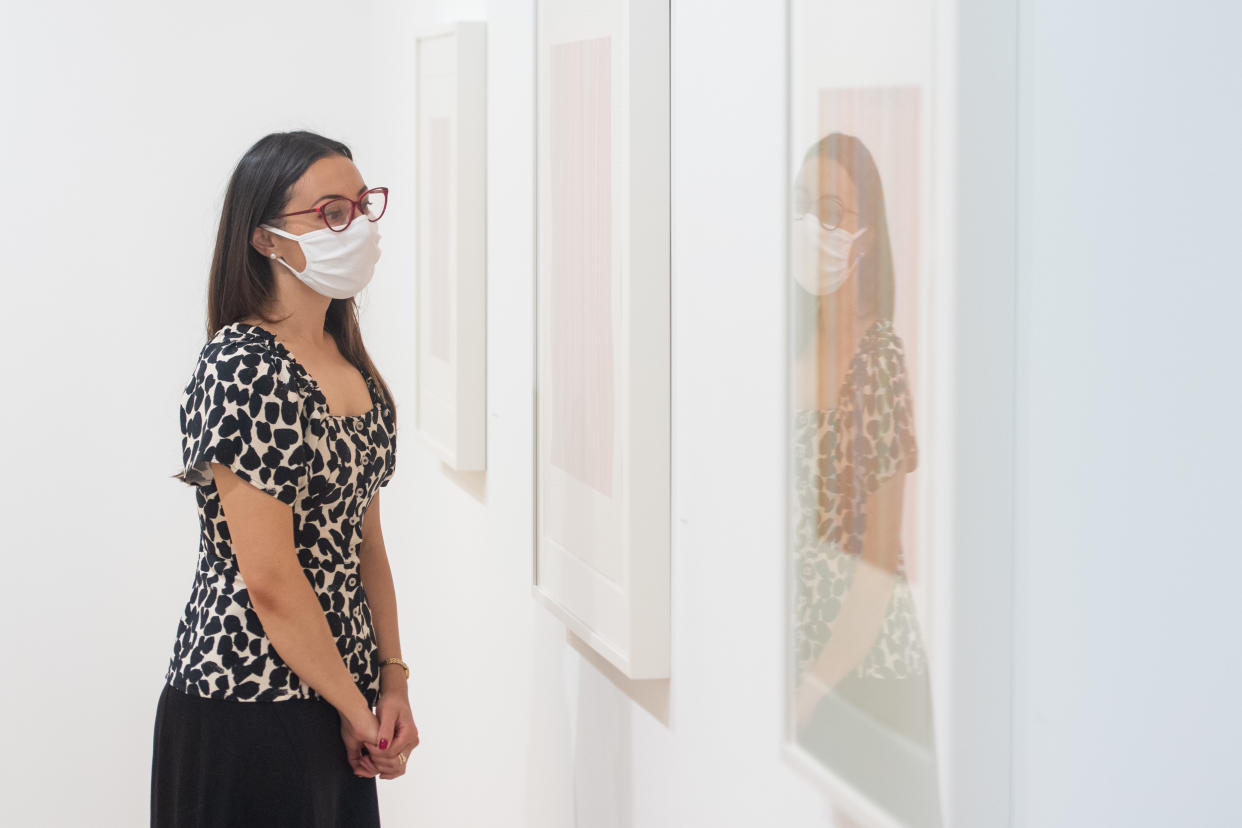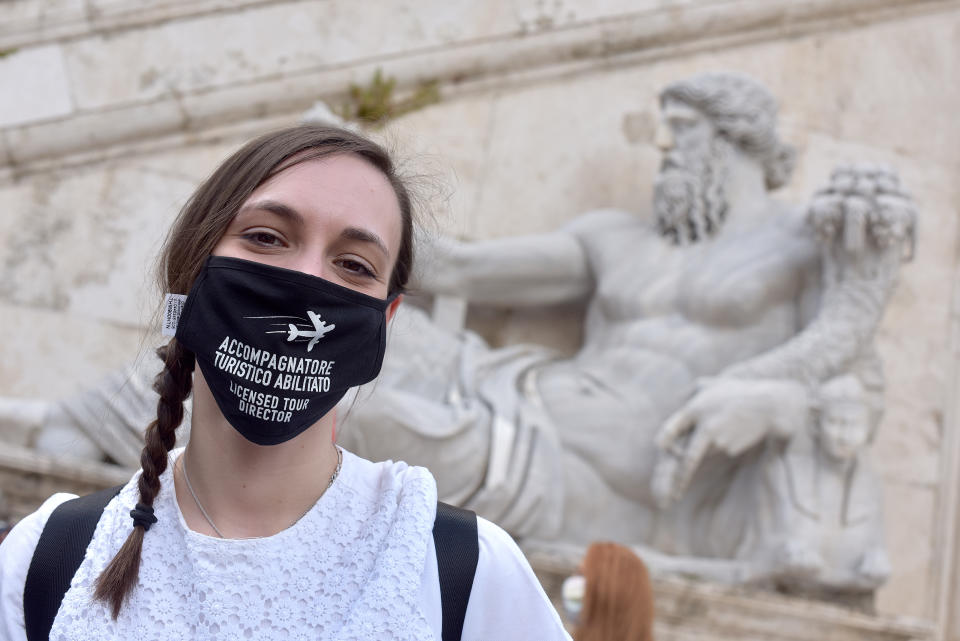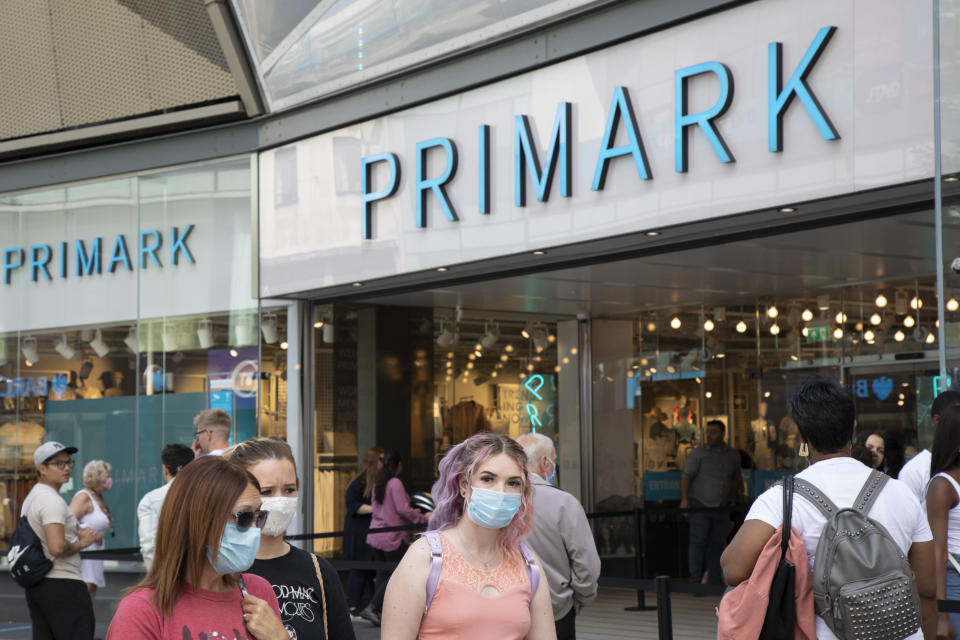Coronavirus: One in five worldwide has health condition that raises risk of complications

One in five people worldwide are thought to have a health condition that puts them at increased risk of coronavirus complications.
Scientists from the London School of Hygiene & Tropical Medicine (LSHTM) modelled data from 188 countries.
Results – published in the prestigious medical journal The Lancet Global Health – reveal that 1.7 billion people, or 22% of the global population, have at least one underlying health complaint.
Most of these individuals would likely still have a relatively moderate infection, however, with 349 million (4%) expected to be hospitalised.
Early research suggests the coronavirus is mild in four out of five cases, however, it can trigger a respiratory disease called COVID-19.
The vast majority of deaths worldwide have occurred in the elderly or those with pre-existing health issues.

One in five ‘has condition that raises complication risk’
Certain conditions are known to make individuals more susceptible to coronavirus complications.
Blood cancer, for example, can suppress the immune system.
With the coronavirus being a respiratory infection, airway conditions like asthma can also make it serious.
These patients made up some of the 1.5 million Britons who were told to self-isolate entirely at home for three months at the beginning of lockdown.
To learn more, the LSHTM scientists looked at data from the 2017 Global Burden of Diseases, Injuries and Risk Factors Study (GBD); as well as UN population estimates for 2020.
They gauged 22% were at risk of serious disease, defined as a “patient with severe acute respiratory illness (fever and at least one sign/symptom of respiratory disease, e.g., cough, shortness of breath; and requiring hospitalisation)”.
Those most at risk live in countries with an ageing population or an African nation with a high prevalence of HIV or Aids, the results suggest.
“The share of the population at increased risk of severe COVID-19 is generally lower in Africa than elsewhere due to much younger country populations, but a much higher proportion of severe cases could be fatal in Africa than elsewhere,” said study author Professor Andrew Clark.
Small islands with many diabetic residents, like Fiji and Mauritius, were also identified as being high risk.
Overall, 5% of people under 20 make up part of the 1.7 billion, compared to 66% of those 70 or over.
Among those of a working age, 15 to 64, nearly a quarter (23%) are thought to have at least one underlying condition.
This was similar between the sexes, however, the scientists assumed men are twice as likely as to require hospitalisation if infected.
Being male was identified as risk factor for coronavirus complications early in the outbreak.
Watch the latest videos from Yahoo UK Lifestyle
‘Time to evolve from a one-size-fits-all approach’
Of the 349 million people estimated to require hospital treatment if infected, the risk varies from less than 1% in those under 20 to nearly 20% in those 70 or older. This rises to 25% in men over 70.
For all ages under 65, around twice as many men as women would require hospitalisation.
Above 65, the ratio is less marked. This is because women become over-represented due to their longer life expectancy.
“Our estimates suggest that age-based thresholds for shielding could play a role in reducing deaths and reducing the number of people who require hospital treatment, but the choice of threshold needs to be balanced against the proportion of people of working age affected, as well as the health and economic consequences that might be associated with long periods of isolation,” said study author Dr Rosalind Eggo.
As countries move out of lockdown, the scientists hope governments will look for ways of protecting the most vulnerable.
“We hope our estimates will provide useful starting points for designing measures to protect those at increased risk of severe disease,” said Professor Clark.
“This might involve advising people with underlying conditions to adopt social distancing measures appropriate to their level of risk or prioritising them for vaccination in the future.”
The scientists stressed they focused on medical conditions, rather than other factors that influence COVID-19’s risk, like being from a black, Asian or minority ethnic background.
Writing in a linked comment, Professor Nina Schwalbe from Columbia University said: “An increased understanding of risk factors, including the effects of social determinants and their interplay, provides an opportunity to target mitigation strategies and helps to allay the popular misconception that everyone is at equal risk of severe illness.
“As the authors note, it is time to evolve from a one-size-fits-all approach to one that centres on those most at risk. This will need to happen at both the individual and community level.
“Considering the relevance of social determinants, such an approach requires urgently improving communication about COVID-19; increasing access to health services, including palliative care, for those already socially vulnerable; and providing economic support to cope with the mitigation.”

What is the coronavirus?
The coronavirus is one of seven strains of a virus class that are known to infect humans.
Others cause everything from the common cold to severe acute respiratory syndrome (Sars), which killed 774 people during its 2002/3 outbreak.
Since the coronavirus outbreak was identified at the end of 2019, more than 7.9 million cases have been confirmed worldwide, according to Johns Hopkins University.
Of these cases, over 3 million are known to have recovered.
Globally, the death toll has exceeded 434,000.
The coronavirus mainly spreads face to face via infected droplets expelled in a cough or sneeze.
There is also evidence it is transmitted in faeces and can survive on surfaces.
Symptoms include fever, cough and a loss of taste or smell.
COVID-19 has no “set” treatment, with most patients naturally fighting it off.
Those requiring hospitalisation are given “supportive care”, like ventilation, while their immune system gets to work.
Officials urge people ward off infection by washing their hands regularly and maintaining social distancing.
Coronavirus: what happened today
Click here to sign up to the latest news, advice and information with our daily Catch-up newsletter
Read more about COVID-19
How to get a coronavirus test if you have symptoms
How easing of lockdown rules affects you
In pictures: How UK school classrooms could look in new normal
How public transport could look after lockdown
How our public spaces will change in the future
Help and advice
Read the full list of official FAQs here
10 tips from the NHS to help deal with anxiety
What to do if you think you have symptoms


